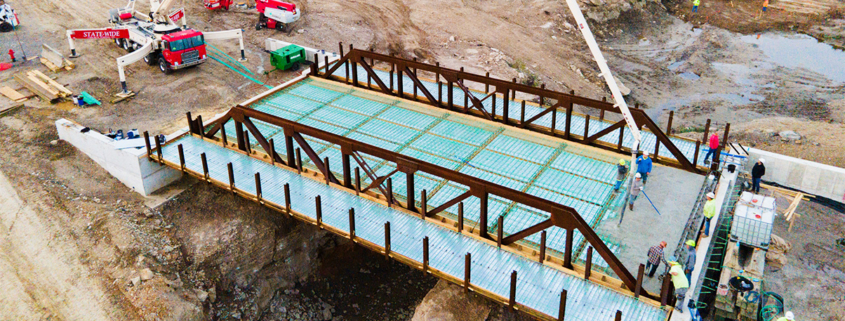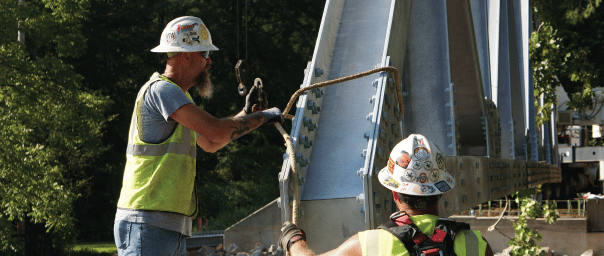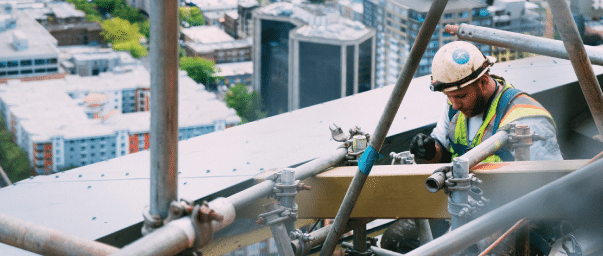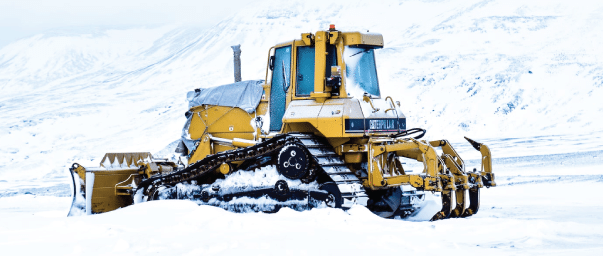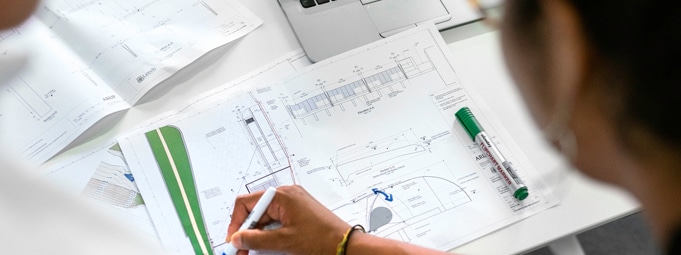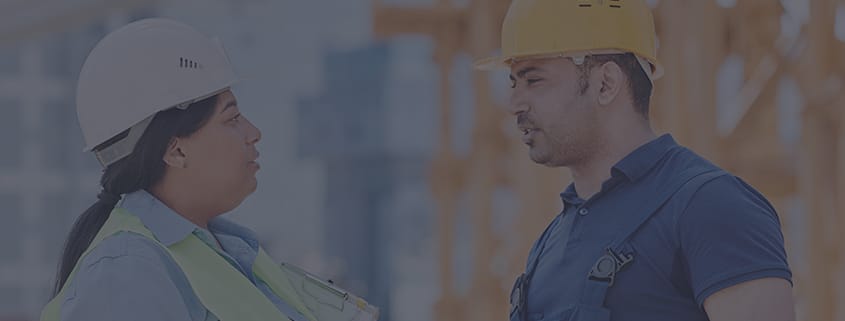Even as temperatures drop, construction work continues. It’s important for worker safety and health, and job productivity for all workers to stay warm as much as possible during winter construction.
While job efficiency is important, an even more important factor is worker health. Without healthy employees, a whole construction can get disrupted and cause delays. The health of any worker is a crucial area of concern during the cold winter months.
Here are five ways that a construction worker can stay warm during the cold winter months:
1. Watch Fingers & Toes
The most exposed parts of our bodies, our extremities, are often the most vulnerable in cold weather. When it’s cold, it forces our bodies to work harder to keep blood flowing to our core.
That means exposed areas such as our fingers and toes are prone to suffer from a cold-related injury such as chilblains or frostbite. Wool socks and warm gloves are the first lines of protection against the cold. If one pair of gloves isn’t enough, look into glove liners.
Also, consider using composite-toe boots as opposed to steel-toed boots during winter construction. Steel-toed boots can exacerbate the cold by not keeping your toes warm. Though a steel toe does offer more protection for your toes, a composite toe boot will keep your toes warm throughout the cold day. Hand warmers and feet warmers can also help keep you warm. Plus, they can be easily concealed.
2. Stay Dry
Nothing is worse than being cold and wet at the same time, especially on cold and slushy days. Sometimes winter construction means snow, sleet, rain, or a messy combination of all three. If it’s not bad enough to shut down the site for the day, be sure to stay dry.
Wearing moisture-wicking material close to your skin will help keep moisture from lowering body temperature. One last way to stay dry is probably the most obvious, but goes without saying; invest in a waterproof outer layer as well for even more protection against damp weather.
3. Have Extra Pairs of Everything
Imagine yourself waking up on a cold winter morning, you are getting ready for the workday, and you put on your favorite pair of long johns, and you find a giant hole in the most inconvenient spot. Now you have to go through the day with a giant hole in your long johns, exposing yourself to a cold, damp tundra.
Avoid this nightmare situation by investing in extra pairs of gloves, socks, liners, moisture-wicking material, and of course, long johns. It’s also a good idea to dress in layers, so some of these extra items might be used to double up when it gets frigid for extra warmth.
4. Keep Your Head and Neck Covered
As mentioned in our first tip, keeping your extremities covered is vital to staying warm and often overlooked extremities are our ears and neck. Ears get cold extremely fast and while it’s a myth that you lose a majority of your heat through your head, it’s still wise to keep your head covered while out in the cold. Earmuffs, a warm scarf and a turtleneck will go a long way to insulating your body heat while enduring the cold weather.
Ears can be overlooked as an extremity, but they can get cold fast.
5. Fuel Your Body
Have a thermos with you of a hot beverage or soup to help you stay warm. Your body uses a lot of energy when you’re working, especially in the cold so it’s important to have hot beverages and meals to fuel your body. Eat an extra meal or consume hot caffeinated beverages to help you stay warm and also fight the lethargy of the cold.
During winter construction, it also helps to take frequent breaks and give crews somewhere to get warm. Make sure your workers are aware of the signs of overexposure and what to do.
All of these things will help to keep you warm on a construction site.
Build with U.S. Bridge
At U.S. Bridge, we work hard to meet the needs of our staff, our customers, and the industry with our attention to detail, our high-quality materials, and our skills.
Interested in starting your project with us? Contact us for a free quote or check our exclusive Bridge Scope tool to start building your project today.

